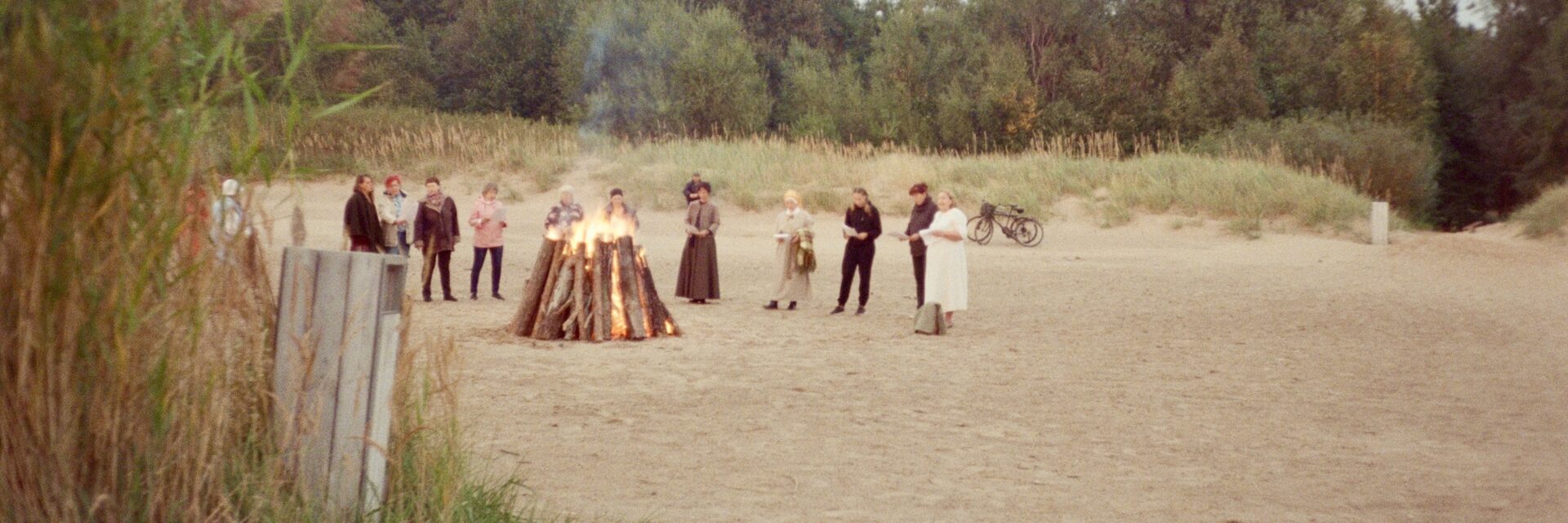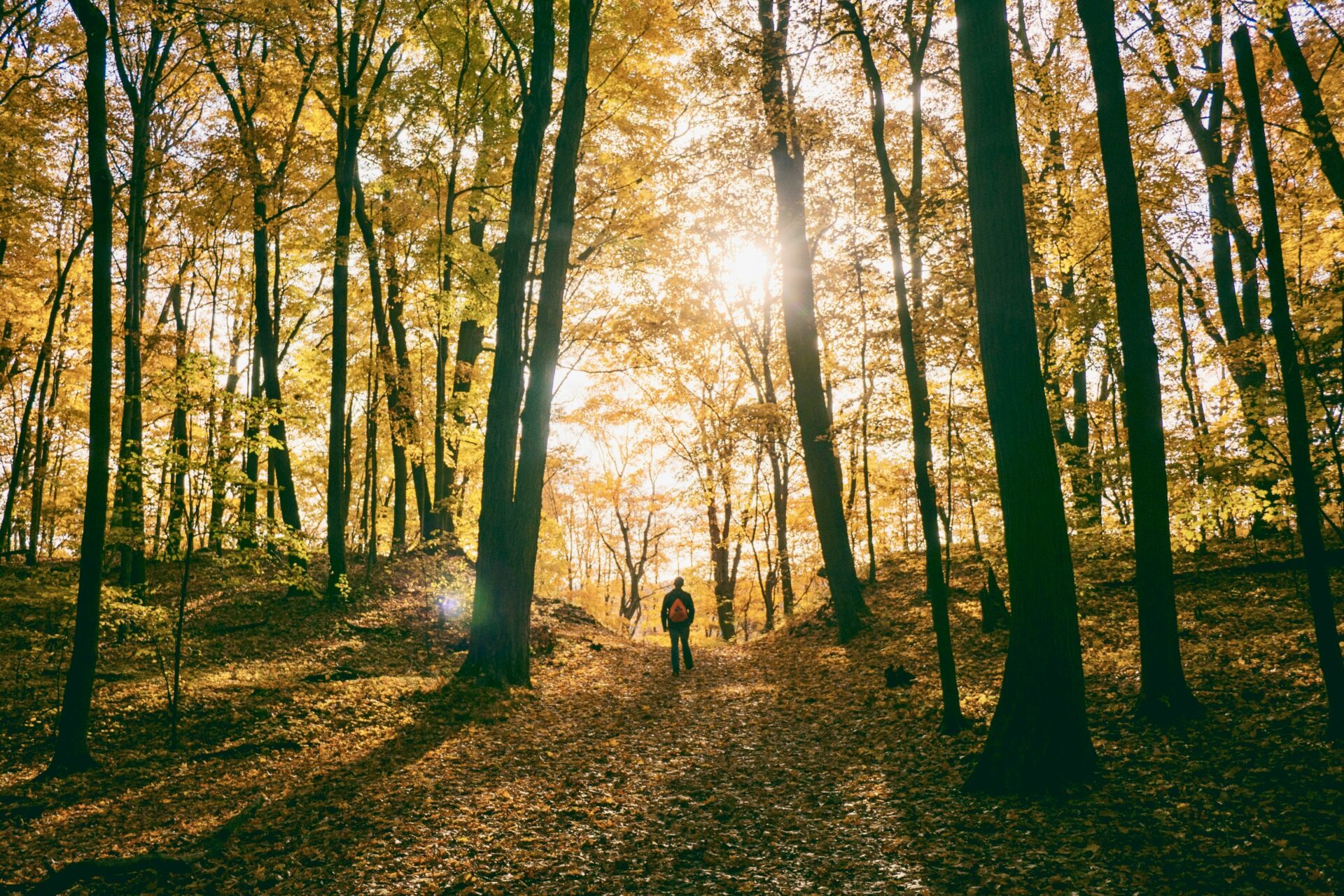
Two Together: Save £100!
Save £100 when you purchase two funeral plans together. Call us for more details.

Here for you this Easter
Our Funeral Plan team is available Friday & Monday, 10am–4pm. Call us for support.

Two Together: Save £100!
Save £100 when you purchase two funeral plans together. Call us for more details.

Here for you this Easter
Our Funeral Plan team is available Friday & Monday, 10am–4pm. Call us for support.

There are now more different kinds of funeral and memorial ideas out there to choose from than ever before. For those who want something traditional, to those looking for something at the cutting edge of technology, there’s something for everyone. We’re also looking to customise and personalise the experience as much as possible these days. And that doesn’t just go for our funeral itself, but also for what happens after with the memorial or celebration of life.
If you’re getting started with your end-of-life planning journey, and you’re beginning to think about what kind of funeral you’d like to have for yourself, you’re in the right place. In this article, we are going to discuss different funeral and memorial ideas to help you to get thinking.
Key Takeaways
Traditional funerals are still popular, despite the decline of religion in the UK.
There are many different beliefs on death and funerals in religion, and, naturally they can vary quite widely. This has an impact on the different kinds of funeral and memorial ideas that religious people can have. For instance, muslims believe that an important spiritual episode occurs, after death, once the person who has died is within their coffin. For that reason, in Islam, there is no choice to make when weighing up cremation vs burial because cremation is not permitted. Conversely, for Hindus, cremation is very important, with the ashes of those who’ve died being scattered afterwards over a river (the Ganges, if possible).
Religious or traditional funerals in the UK normally include various formal elements, such as a hearse, pallbearers, and floral tributes to the person who has died; there may even be limousines and a funeral procession. The ceremony itself will be structured according to the format provided by whatever religious institution it’s being held at. And it will likely include words and prayers from the faith, and, for example, music from among the most popular funeral hymns.
In general, a traditional funeral is likely to take place at a religious building, such as a church, or within its cemetery. But it could also take place at a crematorium with a chapel or at a funeral home. The dress code, depending on what has been specified by the family, is often mournful and somber, with attendees wearing black out of respect for the person who has died.
The traditional way of doing things doesn’t suit everyone. That’s why personalised funeral and memorial ideas are becoming more popular than ever.
Each of us has some sort of hobby, passion, or interest that we love to spend our time on. It can be a really powerful and special way of remembering a loved one to build their funeral around these interests. In the moment we are saying goodbye to them, it can feel as if we are bringing their personality back to life for a brief moment.
For instance, if the person who has died was a big football fan, those who are coming together to mourn could wear the shirt or scarf of the club they supported. The location of the funeral could be decorated in the club’s colours, and, in some cases, the coffin itself can even be themed to reflect this interest. The best funeral songs don’t necessarily need to be the most popular ones; they could be inspired by the person’s interest too, or simply be from the favourite music of the person who has died.
There are ways to more creatively remember the person who has died at their funeral. For example, photos and videos of them can be used to great effect. Depending on the set-up of the funeral location, there may be technology which could be used to display slideshows of home videos or photos of the person before, during, and after the ceremony. This can increase the emotional impact of the ceremony on the day. It also gives all of the attendees a chance to see different aspects of the person who has died, which they may not have had the chance to see before, depending on how they were connected.

Some people like to use the different types of cremation or burial themselves as a means of self-expression.
Some people want to avoid traditional burial or cremation for environmental reasons; particularly if they have been passionate about green issues in their lifetime. There’s a growing interest in alternative funerals for this reason. For example, as more environmentally friendly alternatives to traditional cremation, there are water cremation (aquamation), and promession (freeze drying). In either case, the body is reduced to a powder and returned to the family in a scatter tube, but they don’t need the extremely high heat of a traditional flame-based cremation, and therefore they use less energy.
Alternatively, people choose to be buried in a simple shroud at a natural / woodland burial ground, rather than paying for a plot at a cemetery and for a higher-end, varnished coffin. These methods all use fewer resources, and can, in some cases, even lead to positives, such as through the growth of ashes trees, or coral reefs.
Rather than a traditional funeral which normally has a social element, such as a wake, built into the day, more of us are opting to have a celebration of life instead. We can opt for a direct cremation funeral to take care of the practicalities, and then our family can arrange for an end-of-life celebration.
There’s no limit to what a celebration of life can include. In fact, if the person who has died has been cremated, cremation ashes ideas can be incorporated into things. An ash scattering ceremony in a place special to the person could be held, or keepsakes made from their ashes could be distributed among family members. But it doesn’t need to be as elaborate as that: the family and friends can simply do something together, such as having a barbecue in the back garden or going to the favourite restaurant of the person who has died. They could also gather together to watch their favourite film together. The beauty of it is that it can be as low- or high-key as the family wants, and they can wait for as long as they like before organising anything.
The power of a good memorial service can last beyond the ceremony itself.
One increasingly popular way to make a memorial more potent and memorable is to make it last. Some people like to do this by incorporating nature into acts of remembrance. For example, there are some companies offering the service of infusing cremation ashes with tree saplings and other fauna, ensuring that your remains, or the remains of a loved one, can be fused with something that can go on living. It’s a truly beautiful lasting memorial idea.
Others prefer to do something that is less tangible and more of a gesture that can continue to do good in their name. For example, you may be very passionate about a certain charitable cause. In that case, why not consider leaving a part of your estate to charity, so that you can continue to do good after you have gone? Not only does the importance of writing a will relate to what charitable donations you might want to make, but, in donating to charity, you may also be able to reduce what your executor needs to pay in inheritance tax.
Cremation ashes can be used to create keepsakes to be kept by friends and family. For instance, paperweights, jewellery and even pieces of art can be made using ashes. These things can be kept for a lifetime as sentimental reminders of the person who has died. There’s even the practice of putting cremation ashes in a tattoo which is becoming more popular. In this way, you can create an image or put some words on your own body that signify the connection you once had with the one you’ve lost.
If a loved one of yours has some funeral or memorial ideas, you might be wondering how to go about conducting a celebration of life.
A celebration of life doesn’t need to be elaborate to be successful; it just needs to be authentic. The best way to make sure that it’s authentic is to plan it around the likes and the interests of the person who has died. You can give a speech, like a eulogy, if you like, but don’t feel any pressure to do this if you feel like it won’t come naturally to you. The goal could be to give everyone the space and time to say something they remember or miss about the person who has died, but to do so in a place that is safe and casual. If the gathering has been organised a long time after the death of the person, then it should hopefully mean that people are more able to reminisce without struggling to deal with their grief.
You or your family could also take the time to make some meaningful, symbolic gestures, such as lighting candles together, releasing balloons, or playing / singing a favourite song together. Such gestures can lift the spirits and increase the meaningfulness of such occasions, helping them to live longer in the memory, and for the attendees to feel a powerful sense of closure.
Gifts and offerings, both to the person who has died, and to those attending the funeral or memorial, can add a nice touch to proceedings.
Small, genuine gifts for those attending a celebration of life, like a candle, or a memory book, can be kept by them for years to come. You could even hand-write a letter of things, or provide them with a small photo collage.
Honouring the person who has died by making a symbolic offering to them, perhaps of flowers or by lighting a candle, can be a nice touch.
Thank you for reading: we hope you have found this article about funeral and memorial ideas useful. Aura is the top-rated provider of ‘Cremation Services’ on Trustpilot, with a score of 4.9/5 stars. We offer those direct cremation services to those in need now, and to those looking to the future through our prepaid funeral plans. Our direct cremation services are ideal for letting families take care of the simple, practical elements of a funeral, so that they can arrange a later celebration of life whenever they are ready.
If you’d like to see whether Aura could be the right match for you in end-of-life planning, why not download our free funeral plan brochure today?

Our brochure includes all the details you need surrounding our prepaid direct cremation funeral plans.
Get your free brochure sent by email or First Class post by clicking on the link below.